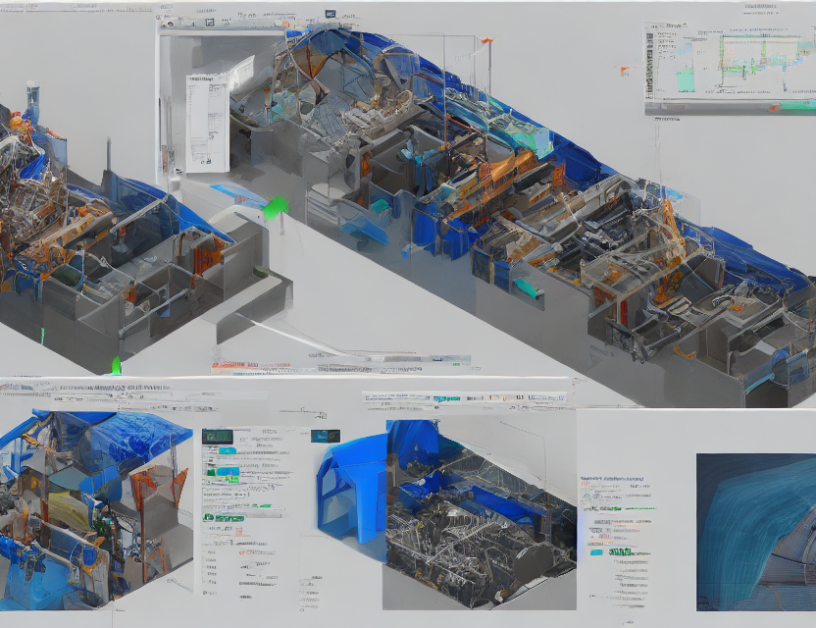In this article, we embark on a fascinating journey to demystify the art of image generation through our proposed model, StoryGen. By leveraging the power of storytelling and visual-language alignment, StoryGen creates coherent and high-quality images that are consistent with given text prompts and contexts.
Our exploration begins by delving into the complex world of image generation, where we encounter various models that struggle to generate images that align with the given prompt or context. However, with StoryGen, we break this barrier by utilizing a three-step pipeline that extracts image features from the internet, aligns them with textual information, and finally generates an image that is both coherent and visually appealing.
To further enhance our model’s capabilities, we introduce additional cross-attention layers in the vision-language context module. This enables StoryGen to utilize information from not only the current prompt but also previous image-caption pairs, resulting in a more comprehensive understanding of the context.
We evaluate our model through extensive human evaluation and quantitative comparison, which demonstrate its superiority over existing models. With StoryGen, we establish a large-scale dataset called StorySalon, comprising storybooks with diverse characters, storylines, and artistic styles. This dataset serves as a foundation for traininng and testing our model, allowing us to generate images that are not only of high quality but also coherent with the given context.
In conclusion, we have successfully demystified the art of image generation through StoryGen, offering a novel approach that leverages storytelling and visual-language alignment to create coherent and high-quality images. With our proposed model, we pave the way for a new era in image generation, one that is both visually captivating and contextually consistent.
Computer Science, Computer Vision and Pattern Recognition
Improving Model Performance through Contextual Features: An Ablation Study



